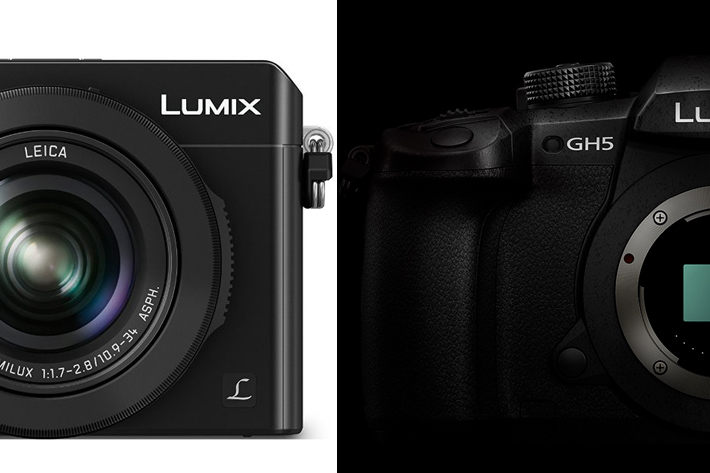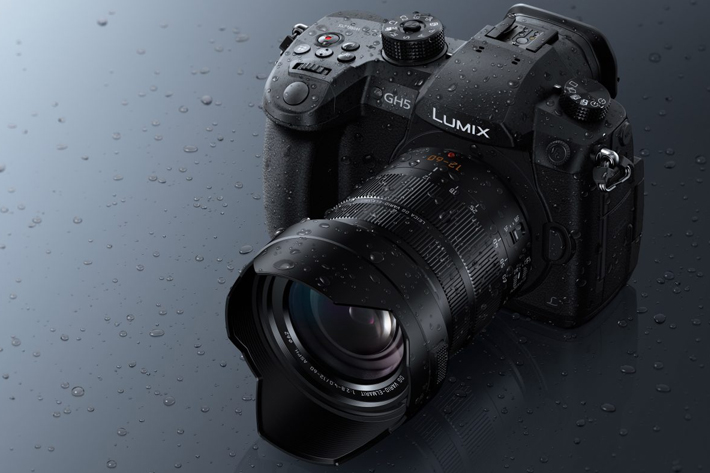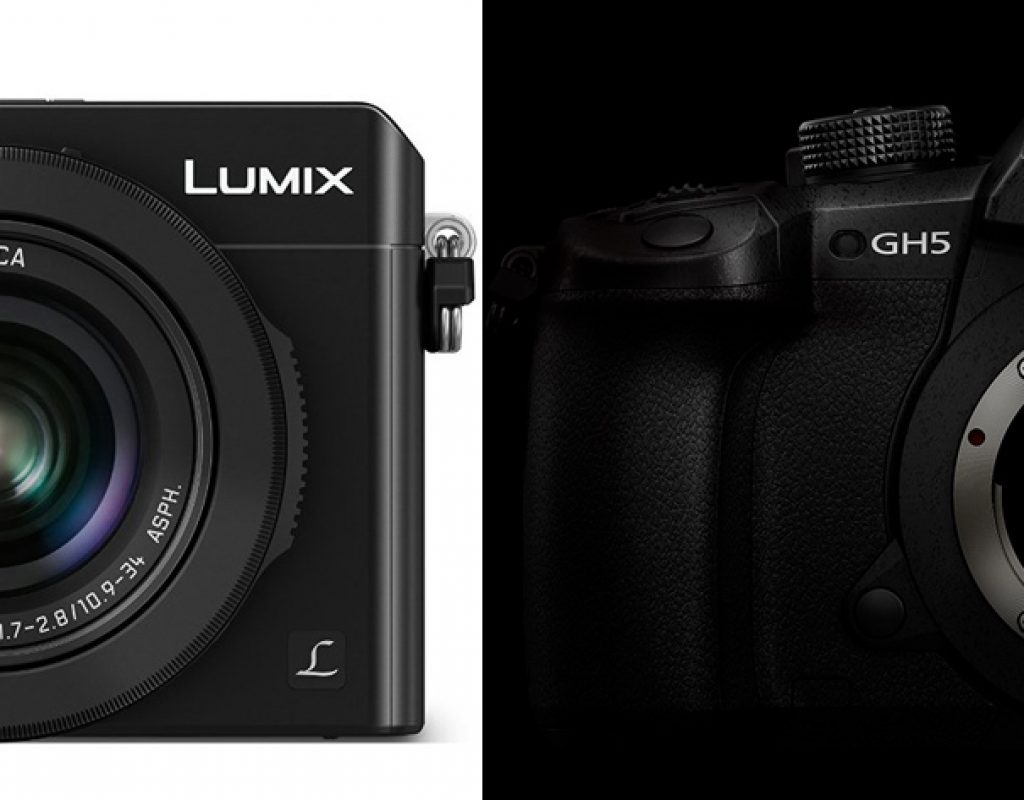
The success of the Lumix GH5 from Panasonic is not enough to keep the digital cameras business unit in the black. Panasonic has decided to scale back the unit and place it under other operations.
The Lumix GH family of cameras is probably not in danger of ending with the recent GH5, but it will probably be added to the professional video department of Panasonic, a move that makes complete sense, as that segment of the company, which has been part of the core business for a longer time than digital cameras, continues to thrive.
In fact, the specifications of the recent GH5 place it as a logical choice for many cinematographers, and justifies that the GH family continues. Panasonic will also, probably, keep some of the G family of cameras, but the future is not clear when it comes to the compact models that for many years, since Panasonic entered the photography market, made a name for the company.
Although the Lumix name, born in 2001, became popular, it is apparent now that it does not make money, so, as revealed by one article published by Nikkei, Panasonic is preparing “another round of restructuring of unprofitable businesses, responding to sinking profits with the same prescription that has restored the ailing giant to health before.” In fact, this is not the first time that the electronics giant restructures its business, in order to survive, as it did so in 2012, also shutting down some areas of business, as plasma TVs, and reducing the dimension of others.

According to the Nikkei article, the digital cameras business unit, as well as the private branch exchange telephone systems and optical disk drives, “will be scaled back and placed under the umbrella of other operations, with headcount to be reduced.” This follows, when it comes to the digital cameras segment, a reduction of the lines of G cameras produced – which was getting confusing, in fact – as I mentioned here at PVC in a recent article.
The dismantling of Panasonic’s digital camera business is not the only case in the industry. Samsung, which arrived to the market more than a decade ago, promising, as far as I remember, it would be the number one in multiple segments of the photographic market, never managed to get anywhere, and finally abandoned the market completely in 2016. Olympus went through financial problems in recent years and at a certain moment seemed to be on the verge of vanishing. Although it didn’t, it is official that their camera segment has not been doing well, although the recent numbers suggest a profit.
Nikon is another company having trouble, as recently admitted, and are also cutting their lines of cameras and restructuring business. The last years have been difficult for photo camera companies, especially those depending on compact models as their core business, as smartphones became the “camera” preferred by many users. But no one is immune to the market changes, as Sony and Canon admit as their sales of cameras shrink, and even Fujifilm, with its popular X series cameras has to admit that their camera division is supported by… the Instax cameras, a Fujifilm model with technology similar to Polaroid.
The plan presented by Panasonic’s business planning department, indicates Nikkei, is based on President Kazuhiro Tsuga’s ideas (who was also responsible for the 2012 restructure), and points for reforms to six money-losing businesses: liquid crystal display panels, solar power systems, the chip business, digital cameras, private branch exchange telephone systems and optical disk drives. These six businesses are expected to report “aggregate sales of roughly 380 billion yen ($3.42 billion) in the fiscal year ending March 31, accounting for about 5% of the total, and operating losses totaling about 46 billion yen.”
Will the restructuring at Panasonic mean the end of the GH family of cameras? I doubt so, as they really have found their place in the market. Although Panasonic may rearrange and reduce their G family even more, the GH series will survive, and a GH6, available in a couple of years, may be the sign that Panasonic continues to bet on the Micro Four Thirds system, both when it comes to cameras and lenses, although we may see it leave Olympus to deal with most of the photographic side of the format. After all, Panasonic – even when it was known under the name Matsushita – was a video company.
As a video company, Panasonic was the first to enter the Micro Four Thirds format, where Blackmagic Design also is present, with the Panasonic AG-AF100 video camera. It’s only natural they keep the format alive, offering systems for the more traditional cinematographer and solutions for independent videographers, continuing to offer equipment adapted to the needs of different users. The Panasonic AG-DVX200 4K, from 2015, confirms the company’s bet on the now officially dead Four Thirds system, even if only in terms of sensor, while the recent GH5, which continues to be a model that many aspire to use, uses the MFT.

Filmtools
Filmmakers go-to destination for pre-production, production & post production equipment!
Shop Now













